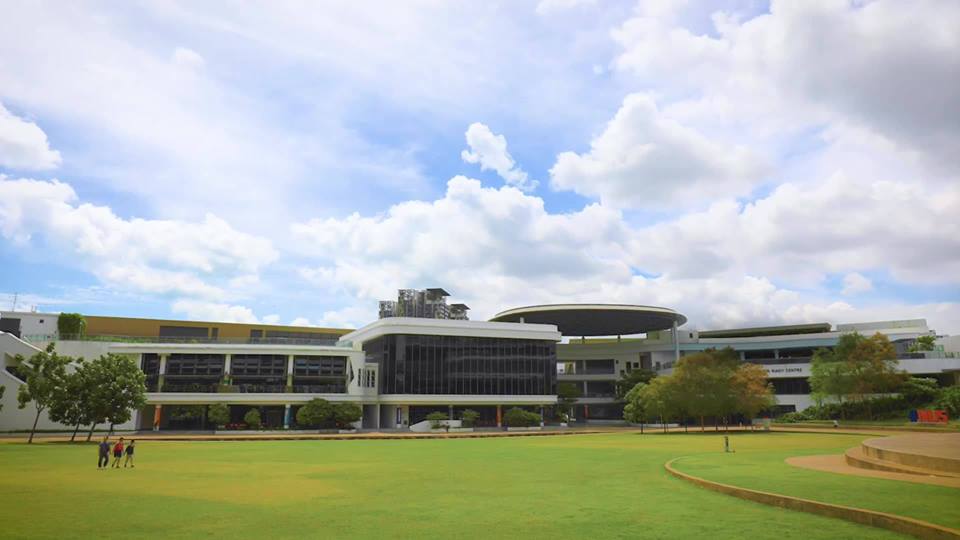The National University of Singapore (NUS) once again just barely missed being named one of the top 10 universities in the world as the annual World University Rankings were released this morning, and this year they have company — Nanyang Technological University (NTU) tied them at #11.
Released by UK-based higher education/student recruitment firm Quacquarelli Symonds, the yearly breakdown is a who’s who of the true heavy hitters of global higher learning, with names like Stanford, Harvard and Oxford — numbers two, three and four, respectively this year — dominating the upper echelons.
Tony Stark’s alma mater, MIT (the Massachusetts Institute of Technology), came in first for the eighth year in a row.
This year’s ranking represents a jump of one slot for NTU, while NUS held steady from 2018. The biggest mover for the Little Red Dot came quite a bit further down the rankings, with the Singapore Management University jumping a whopping 23 places to claim the 477th position.

The annual report ranks universities according to six performance indicators, with academic reputation weighted the most heavily at 40 percent of the total score. The rest breaks down like so: employer reputation (10 percent), faculty-student ratio (20 percent), citations per faculty (20 percent), international faculty ratio (5 percent) and international student ratio (5 percent).
NTU fared better than NUS in faculty-to-student ratio and research citations per faculty member. In fact, the institution has the highest score (88.8 out of 100) for citations per faculty among all local universities.
NUS scored an impressive academic reputation score of 99.8 percent while climbing four spots to place 14th in employer reputation.
All three local universities scored full marks for international faculty ratio, which takes into account the proportion of non-local faculty at an institution.
NUS and NTU have room to improve on the international student ratio, however. Both schools graded low on the indicator, which is considered an indication of a varsity’s ability to attract foreign talent.





Reader Interactions